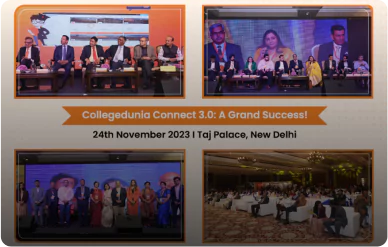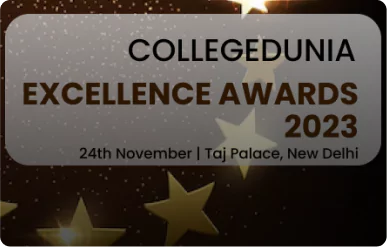The educational landscape in India is undergoing a significant transformation, particularly in the context of higher education. The narrative of students from Tier 2 and Tier 3 cities traditionally shying away from the bustling metropolises for their college education is being rewritten. These students are now increasingly seeking opportunities in larger cities, indicating a shift in aspirations and accessibility.
Here at Collegedunia, we have found something incredibly interesting. There is a growing number of Tier 2 & 3 students from small towns that are making this exciting leap into post-secondary education.
We will explore the factors that are driving college aspirations in small towns and what they mean for Indian education going forward.
As more students from smaller cities and towns gain access to higher education, there is a notable impact on the job market, with a more educated workforce that is equipped to meet the demands of a rapidly evolving economy. This also opens up new avenues for career advancement and personal growth for individuals from these regions.
The rise in enrollments is a positive sign that points to a future where education is more accessible, and opportunities for advancement are not limited by one’s location. It’s a step towards an empowered society where knowledge and skills are the keys to progress and development.
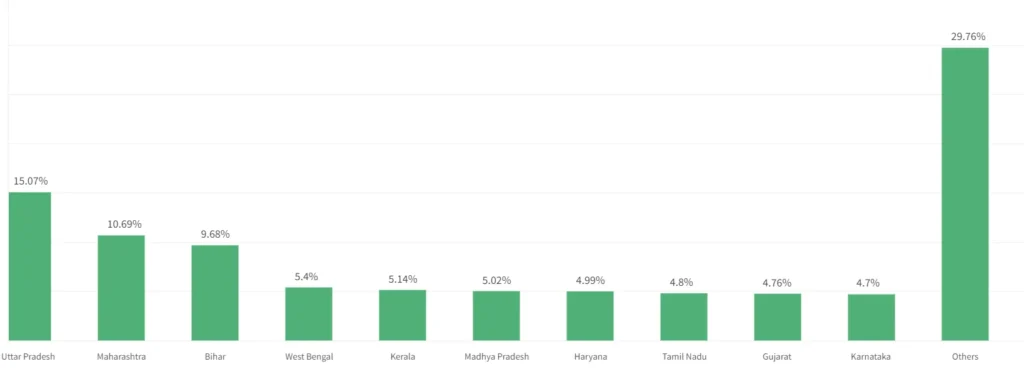
Reasons behind the increase in higher education enrollment :
- Increasing penetration witnessing exponential growth across India.
- The rapid adoption of digital technologies has facilitated access to information and resources, making the transition to urban education centers less daunting.
- Significant increase in disposable personal income and India will keep its current rank as the world’s second largest middle class till 2030.
- With rising incomes, the financial feasibility of studying in big cities has become a reality for many families in smaller towns.
- There’s a growing belief that an education from a prestigious city institution can lead to improved social status and upward mobility.
Staying updated with the changing job markets through higher education is not just a personal investment; it’s a societal necessity. As we navigate through an era of constant change, the adaptability of our education system will determine the readiness of our workforce. By fostering a culture of lifelong learning and aligning educational outcomes with market demands, we can ensure that individuals are equipped to thrive in the future job landscape.
The number of colleges rose from 38,498 in the year 2014 to 43,796 in 2023.43% of universities and 61.4% of colleges are located in rural areas.
Student ratio going for higher education from tier 2 and tier 3 cities of Andhra Pradesh from 2016 – 2023
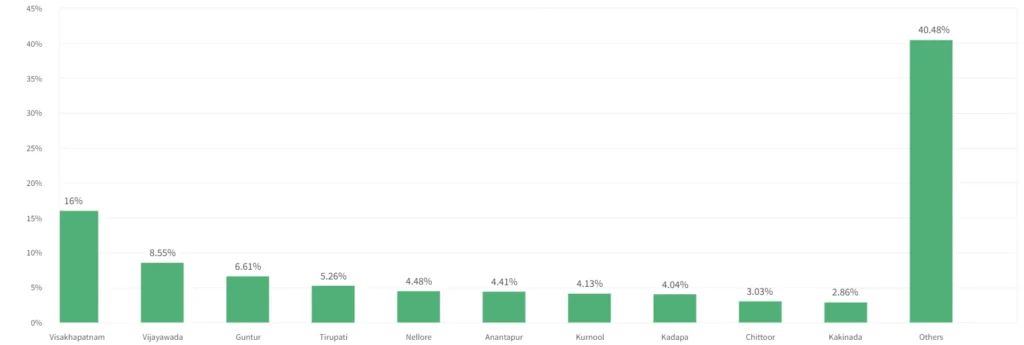
– Enrolment in higher education in Andhra Pradesh reached 19,87,618 in 2022-23 as compared to 17,67,086 in 2015-16, an increase of 12.5 percent.
Student ratio going for higher education from tier 2 and tier 3 cities of Arunachal Pradesh from 2016 – 2023

– The gross enrolment ratio (GER) of higher education has touched 35.8 % in 2023 as compared to 28.6 % in 2016.
Student ratio going for higher education from tier 2 and tier 3 cities of Assam from 2016 – 2023

– The enrollment ratio increased to 17.6 % in 2023. This records an increase from the previous number of 15.4 % for 2016.
Student ratio going for higher education from tier 2 and tier 3 cities of Bihar from 2016 – 2023
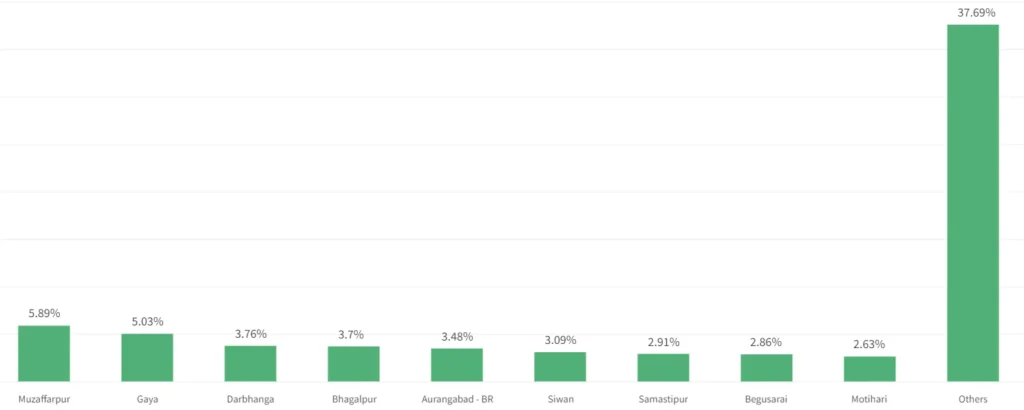
– The enrollment ratio increased to 23.23 lakh in 2023. This records an increase from the previous number of 13.33 lakh for 2016.
Student ratio going for higher education from tier 2 and tier 3 cities of Chattisgarh from 2016 – 2023

– The enrollment ratio increased to 19.2 % in 2023. This records an increase from the previous number of 15.1 % for 2016.
Student ratio going for higher education from tier 2 and tier 3 cities of Goa from 2016 – 2023
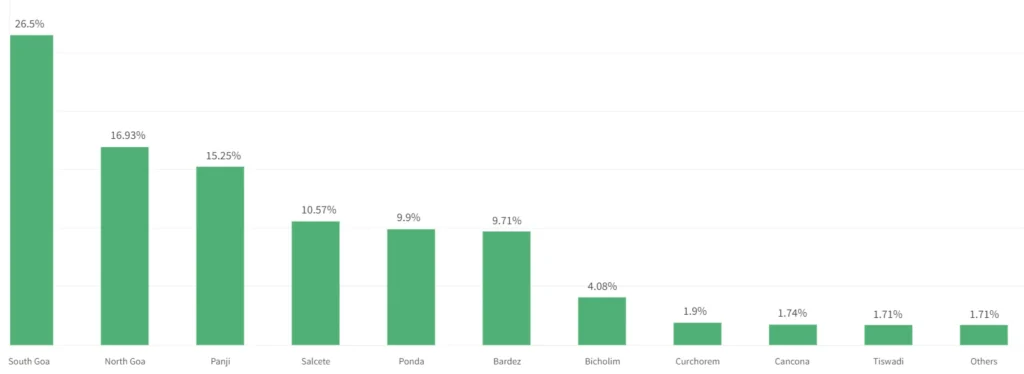
– The gross enrolment ratio (GER) of higher education has touched 33.8% in 2023 as compared to 16.1% in 2016.
Student ratio going for higher education from tier 2 and tier 3 cities of Gujarat from 2016 – 2023

– The gross enrolment ratio (GER) of higher education has touched 21.8% in 2023 as compared to 20.6% in 2016.
Student ratio going for higher education from tier 2 and tier 3 cities of Haryana from 2016 – 2023
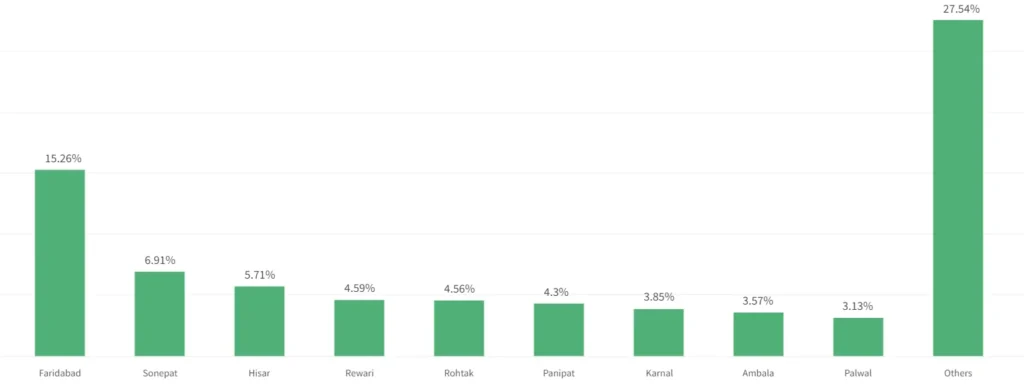
– The gross enrolment ratio (GER) of higher education has touched 33.8 % in 2023 as compared to 26.3 % in 2016.
Student ratio going for higher education from tier 2 and tier 3 cities of Himachal Pradesh from 2016 – 2023
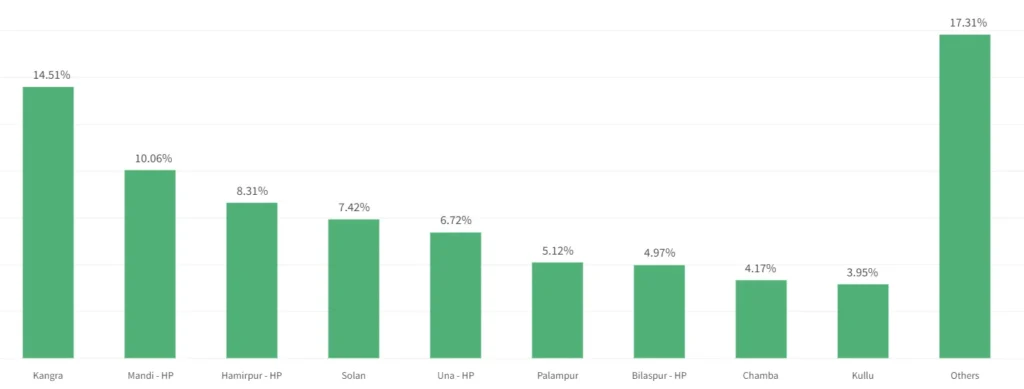
– The gross enrolment ratio (GER) of higher education has touched 38.9 % in 2023 as compared to 32.4 % in 2016
Student ratio going for higher education from tier 2 and tier 3 cities of Jharkhand from 2016 – 2023
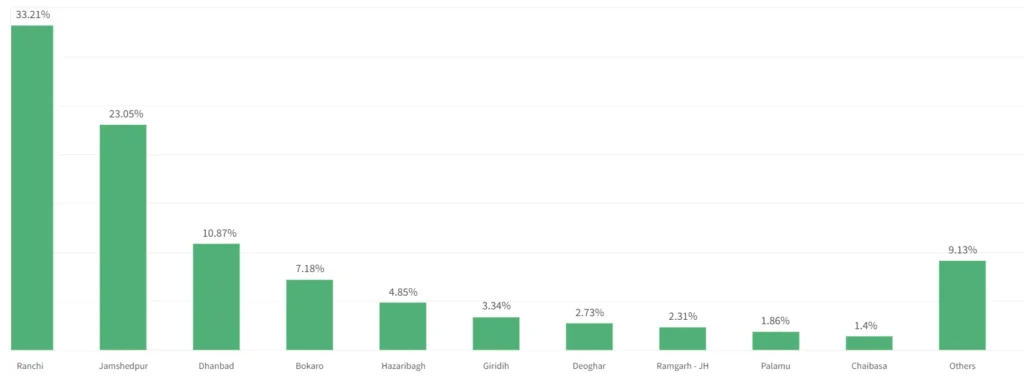
– The gross enrolment ratio (GER) of higher education has touched 17.2 % in 2023 as compared to 15.5 % in 2016.
Student ratio going for higher education from tier 2 and tier 3 cities of Karnataka from 2016 – 2023

– The gross enrolment ratio (GER) of higher education has touched 26 % in 2023 as compared to 32.2 % in 2016.
Student ratio going for higher education from tier 2 and tier 3 cities of Kerala from 2016 – 2023
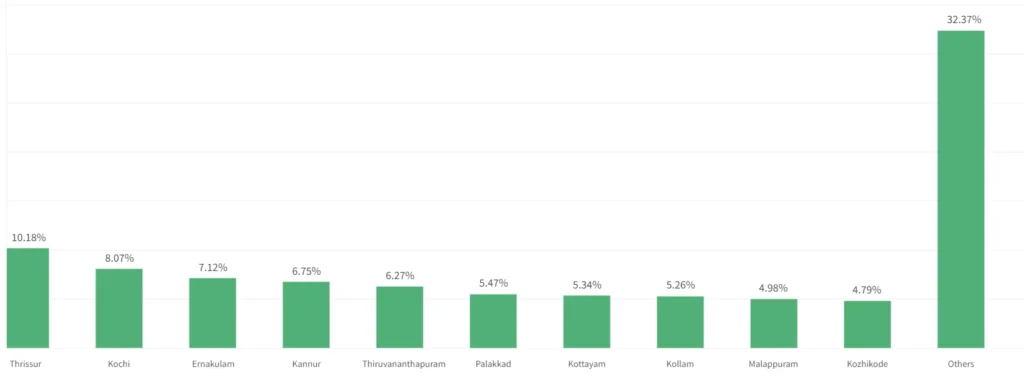
– The gross enrolment ratio (GER) of higher education has touched 43.5 % in 2023 as compared to 30.7 % in 2016.
Student ratio going for higher education from tier 2 and tier 3 cities of Madhya Pradesh from 2016 – 2023
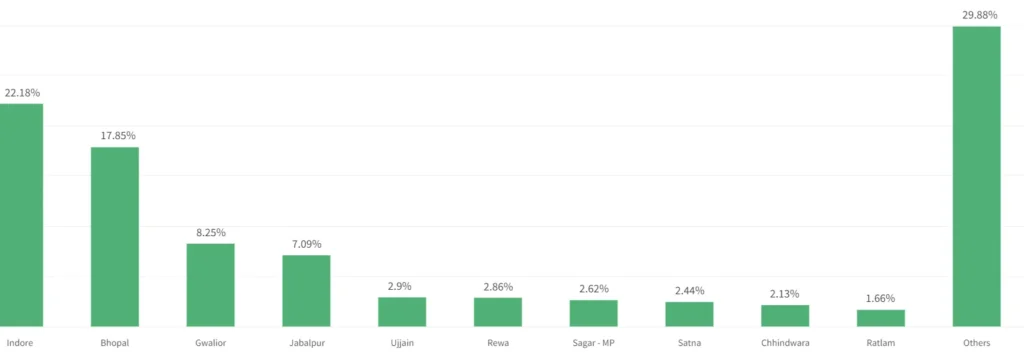
– The gross enrolment ratio (GER) of higher education has touched 27.5 % in 2023 as compared to 19.6 % in 2016
Student ratio going for higher education from tier 2 and tier 3 cities of Maharashtra from 2016 – 2023

– The gross enrolment ratio (GER) of higher education has touched 29.8 % in 2023 as compared to 35.1 % in 2016.
Student ratio going for higher education from tier 2 and tier 3 cities of Manipur from 2016 – 2023

– The gross enrolment ratio (GER) of higher education has touched 37.1 % in 2023 as compared to 35.2 % in 2016.
Student ratio going for higher education from tier 2 and tier 3 cities of Meghalaya from 2016 – 2023

– The gross enrolment ratio (GER) of higher education has touched 26.2 % in 2023 as compared to 20.8 % in 2016.
Student ratio going for higher education from tier 2 and tier 3 cities of Mizoram from 2016 – 2023

– The gross enrolment ratio (GER) of higher education has touched 27.8 % in 2023 as compared to 23 % in 2016.
Student ratio going for higher education from tier 2 and tier 3 cities of Nagaland from 2016 – 2023

– The gross enrolment ratio (GER) of higher education has touched 19.7 % in 2023 as compared to 15.6 % in 2016
Student ratio going for higher education from tier 2 and tier 3 cities of Odisha from 2016 – 2023

– The gross enrolment ratio (GER) of higher education has touched 20.9 % in 2023 as compared to 19.6 % in 2016.
Student ratio going for higher education from tier 2 and tier 3 cities of Punjab from 2016 – 2023
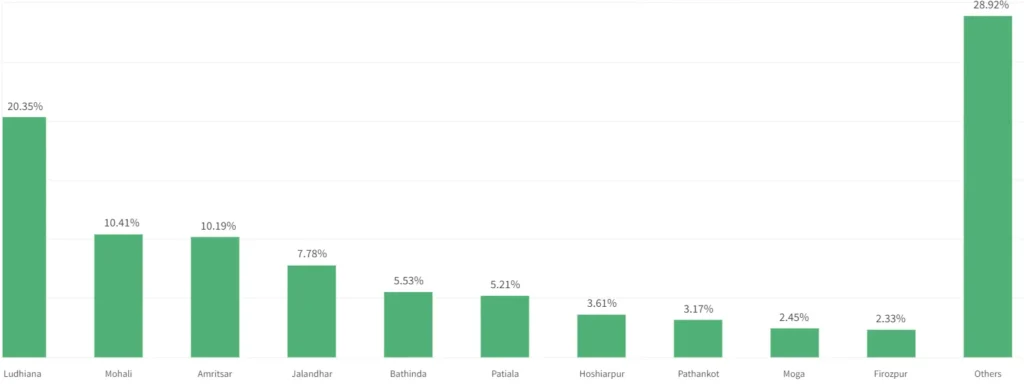
– The gross enrolment ratio (GER) of higher education has dropped to 26.7 % in 2023 as compared to 27 % in 2016.
Student ratio going for higher education from tier 2 and tier 3 cities of Rajasthan from 2016 – 2023
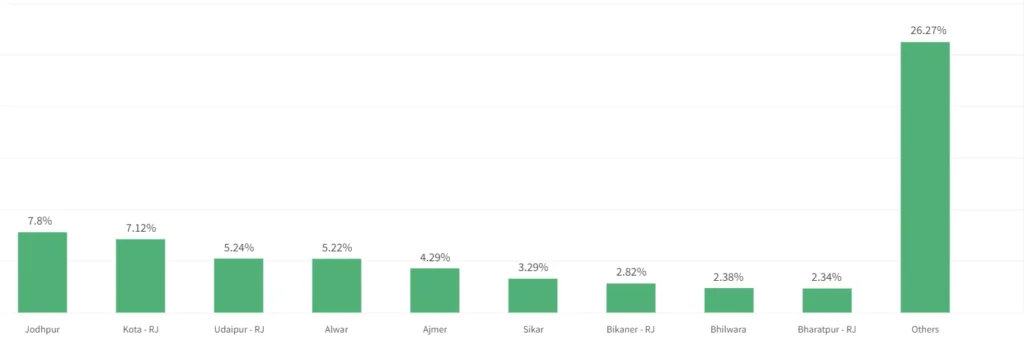
– The gross enrolment ratio (GER) of higher education has touched 24.5 % in 2023 as compared to 20.3 % in 2016.
Student ratio going for higher education from tier 2 and tier 3 cities of Sikkim from 2016 – 2023

– The gross enrolment ratio (GER) of higher education has touched 27 % in 2023 as compared to 36.7 % in 2016.
Student ratio going for higher education from tier 2 and tier 3 cities of Tamil Nadu from 2016 – 2023

– The gross enrolment ratio (GER) of higher education has touched 47.3 % in 2023 as compared to 44.3 % in 2016.
Student ratio going for higher education from tier 2 and tier 3 cities of Telangana from 2016 – 2023

– The gross enrolment ratio (GER) of higher education has dropped to 37.7 % in 2023 as compared to 39 % in 2016.
Student ratio going for higher education from tier 2 and tier 3 cities of Tripura from 2016 – 2023

– The gross enrolment ratio (GER) of higher education has touched 19.7 % in 2023 as compared to 16.8 % in 2016.
Student ratio going for higher education from tier 2 and tier 3 cities of Uttarakhand from 2016 – 2023

– The gross enrolment ratio (GER) of higher education has touched 46.2 % in 2023 as compared to 33.2 % in 2016.
Student ratio going for higher education from tier 2 and tier 3 cities of UttarPradesh from 2016 – 2023
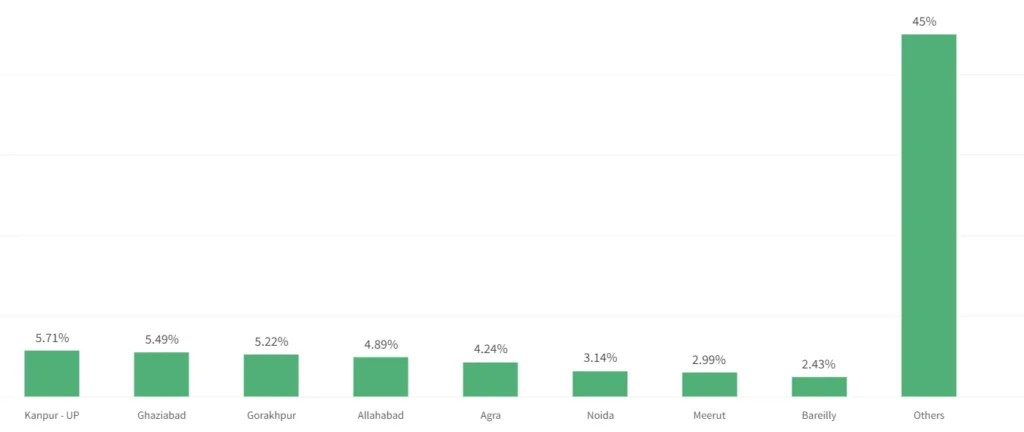
– The gross enrolment ratio (GER) of higher education has dropped to 24 % in 2023 as compared to 24.4 % in 2016.
Student ratio going for higher education from tier 2 and tier 3 cities of West Bengal from 2016 – 2023

– The gross enrolment ratio (GER) of higher education has touched 22.1 % in 2023 as compared to 17.6 % in 2016.
Implications of increase in higher education enrollment in Indian Education:
This shift has several implications for the future of education in India:
• Urban educational institutions are becoming more diverse, with an influx of students from various backgrounds.
• To accommodate the growing demand, there may be a need for expansion and enhancement of educational facilities in big cities.
• The trend signifies a move towards inclusivity, providing equal educational opportunities to students from different socio-economic backgrounds.
• The competition and varied perspectives brought in by students from smaller towns can drive innovation and excellence in education.
The Road Ahead:
This shift in the educational landscape presents both opportunities and challenges:
- For Students: In order to investigate a variety of educational possibilities, evaluate colleges, and investigate career options, students from Tier 2 and Tier 3 cities should make use of internet services such as Collegedunia.
- For Educational Institutions: Colleges and universities in Tier 2 and Tier 3 cities must change to meet the changing needs of their student bodies. This entails providing courses that are pertinent to the industry, cultivating a faculty with significant subject-matter expertise, and utilizing technology to improve student learning.
- For Policymakers: The establishment of high-quality educational infrastructure in Tier 2 and Tier 3 cities ought to be encouraged by government initiatives. This can entail undertaking projects like founding new universities, offering student financial aid, and encouraging inter-institutional collaborations in research.
Conclusion:
The increasing enrollments of students from Tier 2 and Tier 3 cities in higher education institutions of larger cities is a testament to the evolving dynamics of Indian education. It reflects a broader socio-economic change where education is becoming a bridge between the aspirations of India’s youth and the opportunities available in its urban centers. As this trend continues, it will be essential for educational policymakers and institutions to adapt and cater to the needs of this emerging student demographic, ensuring that the quality of education and the promise of a better future remain accessible to all.


